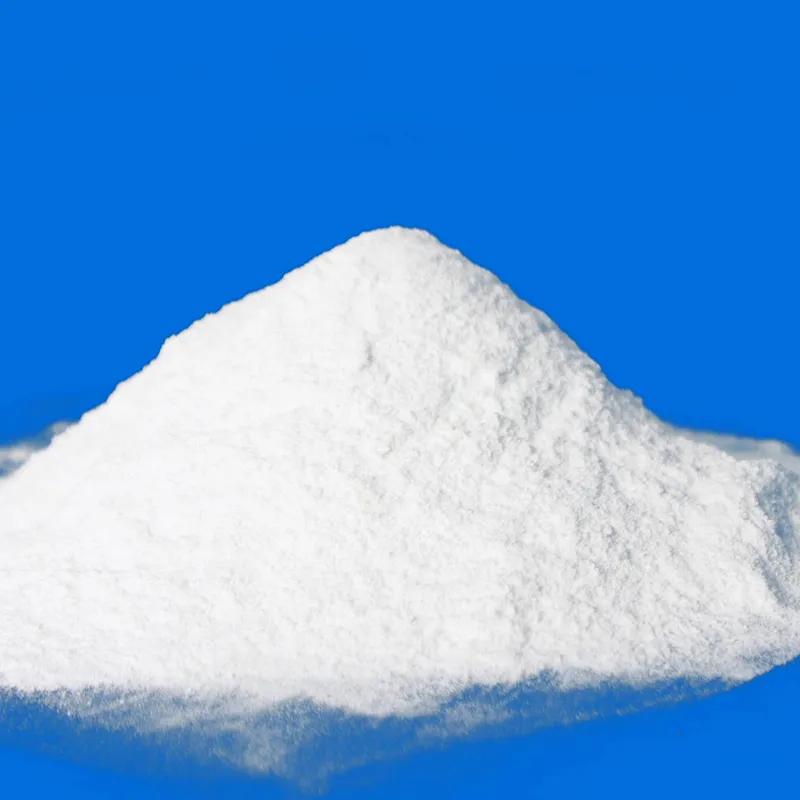
residual solvents
Understanding Residual Solvents in Pharmaceutical Products
Residual solvents are organic volatile chemicals that are used or produced in the manufacture of drug substances or excipients and are subsequently left behind in the final product. These solvents can pose significant risks to patient safety, thus their regulation has become a critical aspect of pharmaceutical quality control. The concern is primarily centered on their potential toxicity, which can lead to adverse health effects if consumed through pharmaceutical products.
The International Council for Harmonisation (ICH) has established guidelines, particularly ICH Q3C, which classify these solvents into three categories Class 1 solvents, which should be avoided due to their potential human toxicities; Class 2 solvents, which are acceptable in limited amounts but with certain restrictions; and Class 3 solvents, which are considered less toxic and thus are generally acceptable at higher levels. This classification aids in ensuring that manufacturers understand the risks associated with different solvents and adhere to strict limits.
In practice, the presence of residual solvents in a drug formulation can arise from various stages of drug production. These include the synthesis of active pharmaceutical ingredients (APIs), the processing of excipients, and the sterilization and purification processes. Understanding the source of residual solvents is crucial for manufacturers aiming to minimize their presence without compromising the efficacy of the product.
residual solvents

Regulatory bodies require comprehensive testing of residual solvents as part of the quality control measures for pharmaceuticals. Techniques such as gas chromatography (GC) and headspace GC are commonly employed to detect and quantify these solvents in a sample. By employing sensitive analytical methods, manufacturers can ascertain the levels of residual solvents and ensure compliance with the established limits.
The implications of failing to control residual solvents can be severe, ranging from product recalls to legal repercussions, not to mention the impact on public health. Thus, pharmaceutical companies must implement robust quality assurance processes that include risk assessments, process validations, and routine monitoring to ensure solvent levels remain within regulatory limits.
In summary, residual solvents are a critical aspect of pharmaceutical manufacturing that requires careful consideration and management. By adhering to regulatory guidelines, employing effective testing methods, and continuously monitoring production processes, pharmaceutical manufacturers can safeguard against the potential hazards posed by these solvents, ensuring the safety and efficacy of their products for consumers.
-
Buy High-Quality Trichloroisocyanuric Acid for Sale | TCCA 90% SupplierNewsAug.30,2025
-
Pure Sodium Dichloroisocyanurate Dihydrate | Powerful DisinfectantNewsAug.29,2025
-
Industrial Chemicals: Quality & Purity for Every IndustryNewsAug.28,2025
-
Nitrile Rubber Honoring Strict Production StandardsNewsAug.22,2025
-
Aspartame Ingredients Honoring Food Safety ValuesNewsAug.22,2025
-
Fertilizer for Balanced Plant NutritionNewsAug.22,2025
-
Cyanide Gold Processing with High Purity AdditivesNewsAug.22,2025
Hebei Tenger Chemical Technology Co., Ltd. focuses on the chemical industry and is committed to the export service of chemical raw materials.
-

view more DiethanolisopropanolamineIn the ever-growing field of chemical solutions, diethanolisopropanolamine (DEIPA) stands out as a versatile and important compound. Due to its unique chemical structure and properties, DEIPA is of interest to various industries including construction, personal care, and agriculture. -

view more TriisopropanolamineTriisopropanolamine (TIPA) alkanol amine substance, is a kind of alcohol amine compound with amino and alcohol hydroxyl, and because of its molecules contains both amino and hydroxyl. -

view more Tetramethyl Thiuram DisulfideTetramethyl thiuram disulfide, also known as TMTD, is a white to light-yellow powder with a distinct sulfur-like odor. It is soluble in organic solvents such as benzene, acetone, and ethyl acetate, making it highly versatile for use in different formulations. TMTD is known for its excellent vulcanization acceleration properties, which makes it a key ingredient in the production of rubber products. Additionally, it acts as an effective fungicide and bactericide, making it valuable in agricultural applications. Its high purity and stability ensure consistent performance, making it a preferred choice for manufacturers across various industries.





